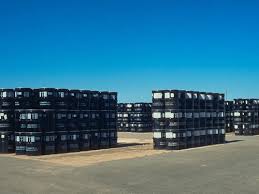Published on Wednesday May 30 2012 (AEST)

For the first time since the Fukushima nuclear disaster in March of last year, the long-term uranium price is showing signs of life.
According to trade publication Ux Consulting, the term price rose to US$61.50 a pound this week, up 2.5% from US$60.00. Ux’s long-term price covers material that will be delivered more than two years in the future.
While there have been some minor upticks in the spot price since Fukushima, this is the first time that the term price went up since January of 2011, when the outlook for uranium was much stronger than it is today. Active buyers are ignoring the spot market right now and are focusing on deliveries into the future, industry publication TradeTech said.
Versant Partners analyst Rob Chang wrote that the likely catalyst for the price uptick came from the Japanese town of Ohi, where the local government recently voted 11-1 to restart the town’s two nuclear reactors.
“Many view the restart of some of Japan’s 50 idled nuclear reactors as a major positive catalyst for uranium,” he wrote in a note.
Mr. Chang also pointed out that while the spot price is watched closely, the long-term price is the important one for uranium suppliers and buyers, as the vast majority of material is sold in long-term contracts.
_____________
Click Image To Access Uranium Stocks Australia



